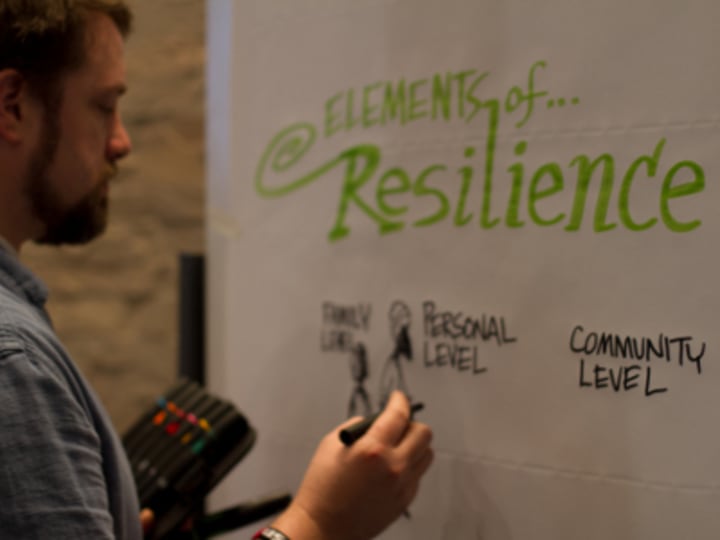
The aid community is using a new buzzword to tackle old development problems. But do players in the development community really understand what the term means?
A new report titled “Ending the Everyday Emergency” seeks to define the term “resilience,” its context in the Sahel and what different development actors are failing to do to address the many challenges plaguing the region.
The U.N. Office for the Coordination of Humanitarian Affairs defines resilience as requiring “integrated strategies by governments and between governments in the region, with the active participation of civil society, development partners and the private sector.”
But while many may have adopted the term, only a few seem to fully grasp its meaning.
The report cites the malnutrition crisis in the Sahel as an example. More than 1 million children in the region are in danger of “severe and life-threatening malnutrition,” according to UNICEF. But often, response is limited to addressing the food deficit.
Food aid, according to the report, is a “blunt tool” to address malnutrition. “Even unlimited amounts of food assistance would not be able to solve the problem alone,” it argues.
Apart from food, access to quality health services, safe drinking water, proper hygiene and sanitation, adequate social protection programs and proper feeding are needed. And while several development actors respond to the different areas of concern, their impact is often “limited” due to a missing ingredient: “a systematic, comprehensive approach.”
“Each actor has to think not only about their own work, but about how all the other actors fit together, so that impact on the ground becomes the centre of analysis, and not each person’s pet project,” Simon Levine of the Overseas Development Institute told IRIN.
The report provides several recommendations to strengthen the “resilience” response in the Sahel of governments, nongovernmental organizations, U.N. agencies and others. These include:
Putting child undernutrition at the center of the response.
Boosting small-scale agriculture.
Investing in social protection and services for chronically food-insecure households.
Developing a plan on how they can all strategically work together to address crises.
Read more development aid news online, and subscribe to The Development Newswire to receive top international development headlines from the world’s leading donors, news sources and opinion leaders — emailed to you FREE every business day.




